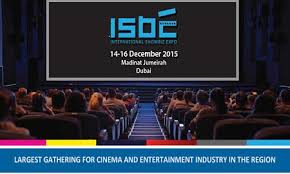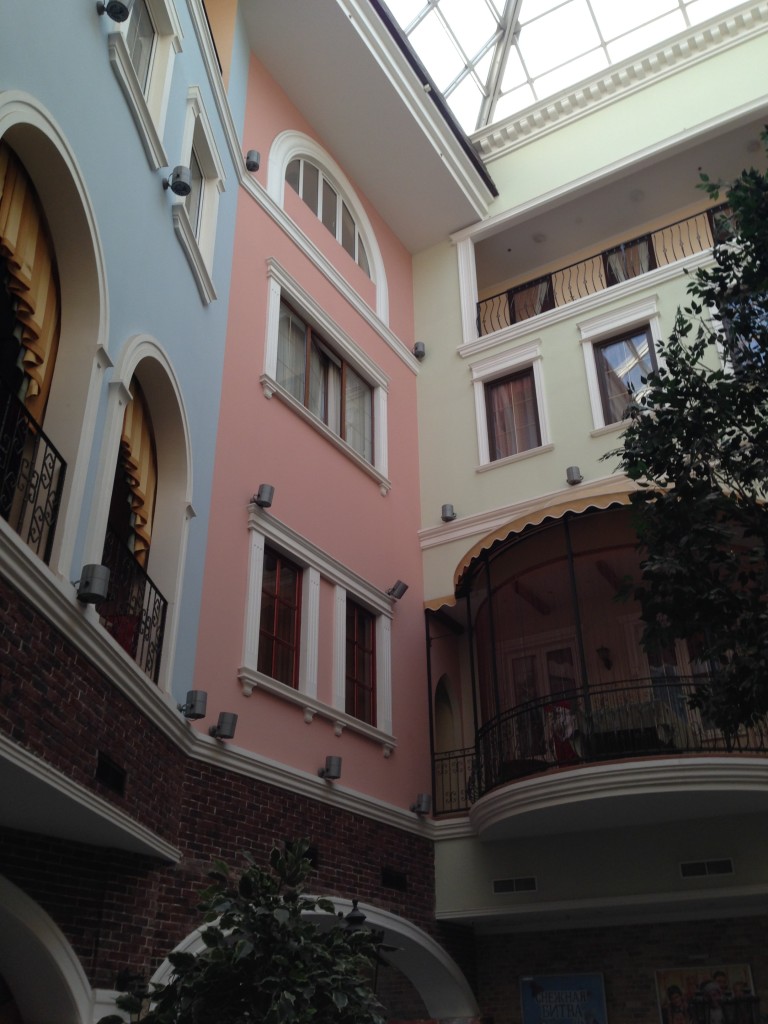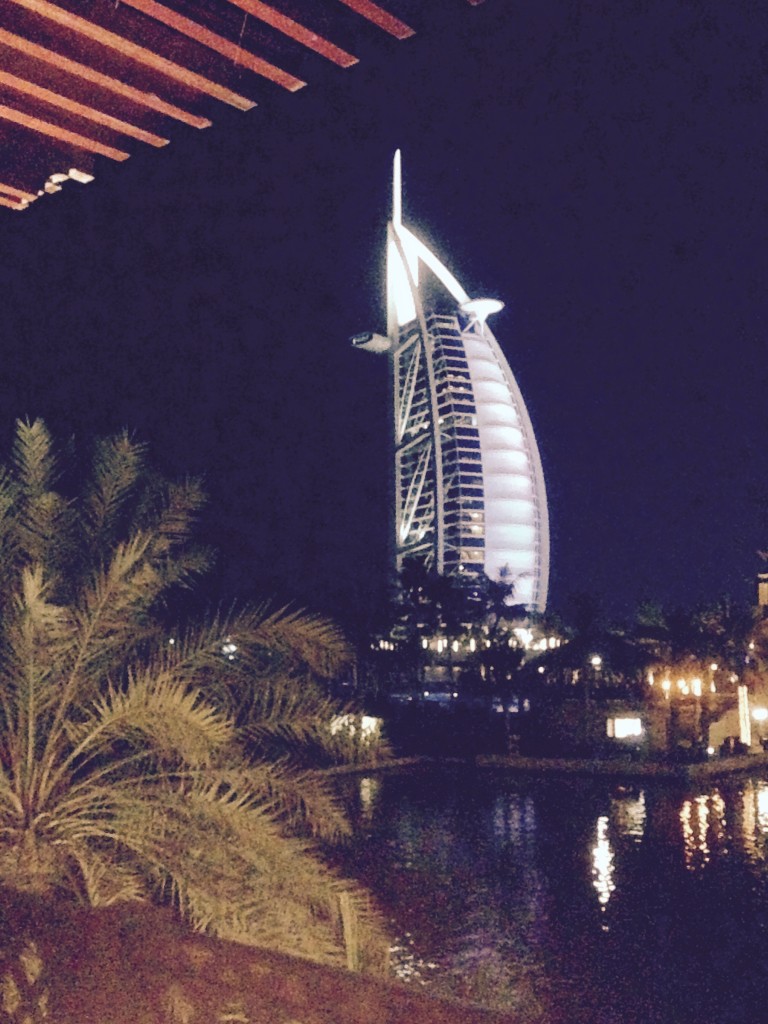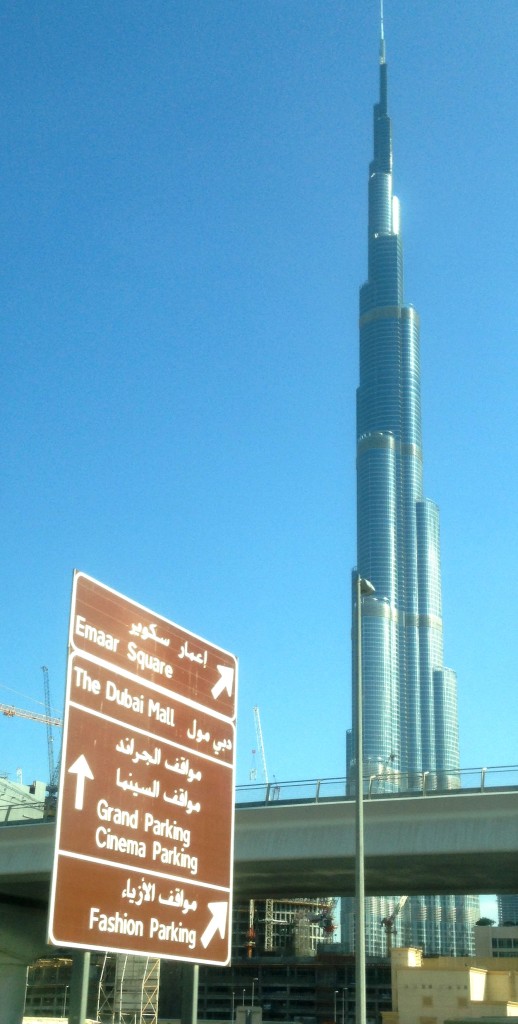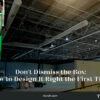By Jack Muffoletto, TK Architects International
January 2016
Going to the movies is a worldwide pleasure. Although the indulgence of movie going is the same, cinema design varies around the world and even within the boundaries of a single city. Internet images are no substitute for experiencing global cinema operations and micro-markets first hand. On my way to the 2nd annual International ShowBiz Expo (ISBE) in Dubai, I planned a stop in Russia to follow up with a client who has asked me to review a few of their existing cinemas . It is no secret that the economy in Russia is suffering. Cinema operators there do not have urgent plans that involve a lot of risk taking and construction expense. Instead, this client is interested in the feasibility of low risk remodeling, modest re-branding and even area reduction to be able to roll back lease obligation expense.
In 2 days we visited 7 cinemas.
The first multiplex was a competitor’s cinema. It was in a new, modern shopping center. The cinema was part of an entertainment section of the shopping center which included bowling, karaoke and a bar. The interiors were nondescript and dull. The entertainment functions were not obvious and even slightly hidden.
Second, was a small shopping center, with a noticeable professional clientele and several local high quality restaurants. The client’s intention is to re-brand his existing cinema to an all VIP experience where ticket prices are increased. Included would be a VIP lounge where the concept is to provide a comfortable space to extend the patron’s stay so they spend more money. Also part of the plan is the intention to collaborate with the local restaurateurs for food service in the cinema.
Third, located right in the center of town was a large shopping center with a competitor’s cinema. The client explained to me how successful this cinema was. My observation was that it was cheaply constructed and showed signs of wear. I believed that location convenience was the reason for the success of the cinema.
Fourth, was a small shopping center that was similar in size to our second stop. The cinema level had several food and beverage options that were not operated by the cinema. This area had a European theme, natural light and a fitness center that overlooked the cinema level. The problem is that you have no idea that a cinema exists. The client’s design intention for this cinema is to make it more understandable and recognizable.
Fifth, was a large shopping center. The client’s cinema was located on 2 levels and had 3 entrances. The 3 entrances causes the need for more staff expense and area causing more square meters to pay for. The client’s wishes are to confine all operations to 1 level thus saving money on payroll and rent.
Sixth, was a very large, modern, family oriented shopping center. The client operated a state-of-the-art multiplex here. No design work necessary. Additionally, I watched the James Bond movie “Spectre”, in Russian, in the VIP section of the premium large format auditorium.
Seventh, was a unique free standing single screen cinema circa 1950’s that was right in the middle of a neighborhood. The design goal is to create a cinema that will become the center of the community. A design goal is create a connection from the inside to the outside space and modernize the operation, look and feel.
In all, this trip to Russia provided me with a broad spectrum of economic markets within a single locale. One size does NOT fit all for cinema design and you do not have to spend a lot of money to re-brand, remake and renovate an existing asset.
Russia proved to be a timely and convenient layover for the initial goal of attending the International Show Biz Exhibition in Dubai. This year ISBE and the Dubai International Film Festival (DIFF) came together to create the largest gathering of cinema and entertainment industry professionals in the region. Two trade-show days allowed for opportunities to meet new people and see the latest technologies in equipment , screens, projection systems, seating, sound systems, lobby display, etc. Coca-Cola was a welcome sight as the official corporate sponsor. Several studios showcased their upcoming slate of 2016 movies including a hilarious extended trailer of Kung Fu Panda 3.
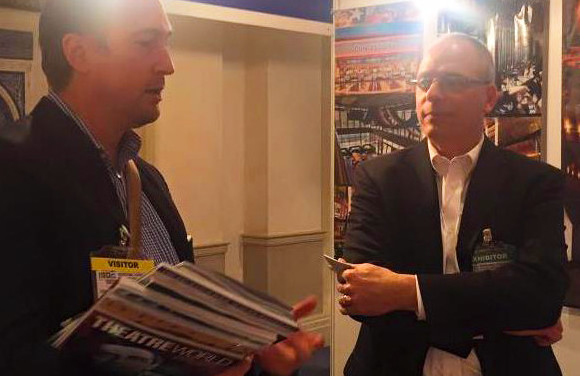
Jack Muffoletto meeting with a Visitor at TK Architects Booth at ISBExpo show. Photo credit ISBExpo @ISB_Expo (Twitter)
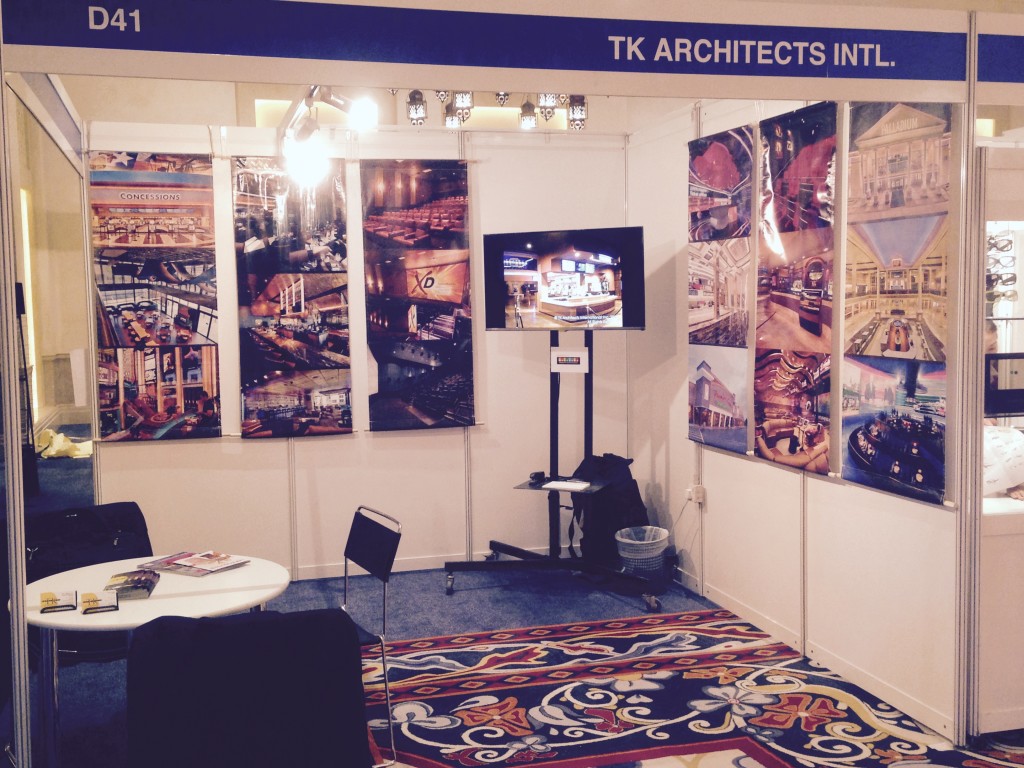
TK Architects Trade Show Booth at the ISBExpo 2015
There was some time to observe the picturesque architecture of the city. Dubai is a business centered city which has experienced rapid modernizing movements that have grabbed the world’s attention. The architecture is “skyscrapers in a desert” and influenced by the hot, humid climate and the social, religious traits of the region. Repeated motifs include: geometry which is complex, sophisticated and symmetrical; Floral patterns which are repetitive examples of nature like flowers, leaves and trees; Water theme which invokes cooling seen in elaborate pools and fountains.
Examples of this are seen in 2 of Dubai’s most famous structures. The Burj Khalifa, the world’s tallest building, has a “swirl of structure”, reminiscent of a blossoming flower, that has a lessening of mass as it reached the top. The Burj Al Arab, the world’s tallest luxury hotel, is an iconic symbol of the city styled after a sailboat on the water and located cleverly on the artificial archipelago, the Jumeirah Palm.
Cinema design in this region of the world is state-of-the-art and evokes the same trends we see in western cinema design. Amenities, choices, attention to kids, technology, are highly valued. But overall as is true globally, the movie going experience takes precedent and is the determining factor to bring patrons back over and over again.

